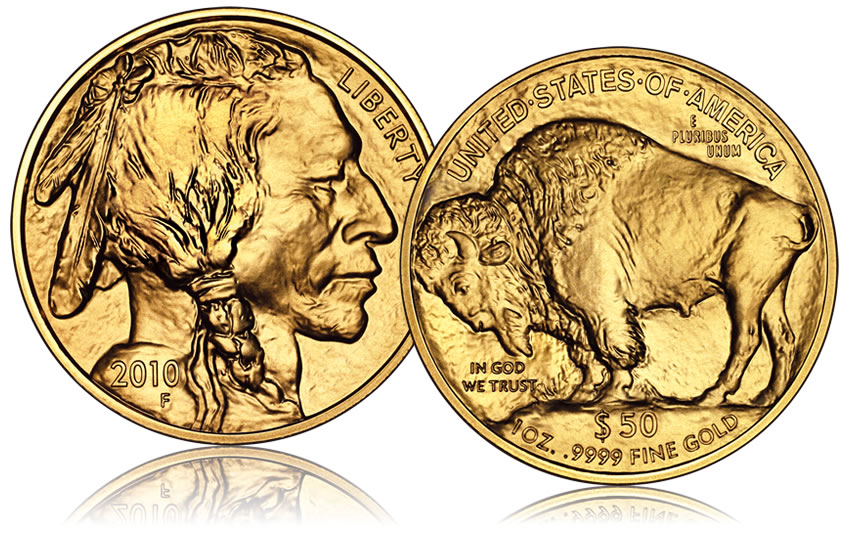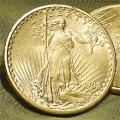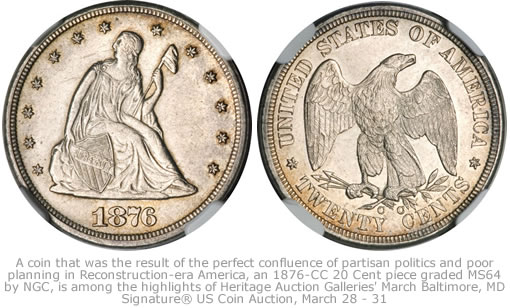Everyone knows the proverb that money makes the world go around. Given how most of us feel about money, this may be only a slight exaggeration. The task of earning and managing money dominates many of our waking hours and our personal relationships are often affected by the intense emotion associated with it. Exploring money and how we relate to it, therefore, feels somewhat like bringing up an uncomfortable topic at a dinner party.
Why bother discussing it then? Simply put, understanding the principles of money can help you manage your physical, mental and spiritual health.
Each dollar, nickel or penny in your pocket represents a unit of energy, specifically the energy you invested to earn it. You can use that unit of energy to get the things you want and need, things in which other people invested their energy to produce. This energetic nature of money is clearly evident in its development.
The money we earn can serve as an excellent barometer of our current energy conditions. The emotions we experience as we work are stored not just in our bodies, but also in the money we earn. The value of the money we possess infuses with the emotional energy experienced as we earn it. If we hate what we do for a living, our earnings stand for kind of sacrifice. Every paycheck seems diminished because the work never seems equal to the effort. In contrast, when we love what we do, the money takes on very little extra meaning... it is just money.
Of course, whether earned in suffering or joy, that money does represent a certain value in society. The money we bring in and accumulate allows us to purchase goods and services. We may have positive or negative feelings about the amount of money we have stored, depending on the lifestyle we desire. The more expensive our target lifestyle, the stronger our feelings about our monetary worth will be and the more intense our feelings if dissatisfaction will be if our earnings do not allow us to afford the lifestyle we desire.
However, we can learn to generate and accumulate money in a way that empowers us. The key is to have a clear and realistic purpose with regard to earning and saving money. Money, like Ki-energy, must circulate to remain healthy. It can be accumulated and stored to increase power. But if must be used or else it will stagnate. To use money does not mean to simply spend it, but rather to invest it. Investing some of your money towards the fulfillment of your life goals keeps it circulating and gathering value.
Ask yourself, "What is the purpose of earning money? Why do I need money?" Draw a clear relationship between money and how you plan to attain your specific goals. As you may have experienced, there are many times when the purpose of earning money is not clear to you as you thought. Money is not an extension of our identity. If we begin to equate our self-worth with our monetary worth, we create a false sense of self. The key is to realize that our true selves are far more powerful than any amount if status gained through money, and that money is simply an energetic tool to be used for the creation of a purposeful life.
Just as we can break the connection between our identity and our earnings by investing in the fulfillment of our life goals, we can dissipate the undercurrent of fear in our transactions by making sure our regular expenses do not exceed our regular income. This is commonly called budgeting. For a budget to reduce anxiety, it must not be designed out the same fear already connected to how you spend money. The start of this process is very simple, just pay at least as much attention to the energy half of your transactions as you do the monetary half.
You have already taken the first step; the awakening that money is energy. With this insight, practice paying attention to how you feel when you deal with money. Continue watching until you can see your behaviors, actions, and feelings around money. For the sake of your budget, write them down. Record how you actually spend your money and what you feel during each transaction. Then comes the hard part, accept. Without judgment, accept that this record of your expenses reflects your current spending habits and the emotional attachments related to them. Once you have completely exposed your relationship to how you spend your money, you can choose with confidence how you want to spend it going forward.
Ultimately the goal here of exploring money as energy is not just about improving our relationship with money; it is about empowering ourselves to create more fulfilling lives. The missing link between a renewed awareness of money's energetic nature and living a more fulfilling life understands the source of the fears surrounding money. All of our fears around money are based on a simple, yet powerful belief, that the resources of the world are scarce, that there is not enough for everyone.
The catch is that it is hard to truly live in abundance with habits formed in scarcity. The tendency to hoard money rather than gather and circulate it is the biggest of these habits. Look again at your attitudes toward earning, saving and spending money and see if a belief in scarcity helps explain any anxiety you feel. The biggest paradox with the philosophy of a scarcity is that it is a self-fulfilling one. The fear of not having enough leads people to take more than they need and to hoard energy in all forms, which leads to the uneven distribution of wealth that plagues our world.
Once you remove this anxiety, and the related impulse to hoard, you can feel confident in using and consuming just enough. The moment you feel you or your family might go without, the urge to hoard arises immediately. Resist the urge and practice instead the techniques of money management based on the principles of energy. If you pay attention to your body and your soul, you will know when you have enough, in any given energy transaction. Living so that you use and consume only as much as you need to fulfill your commitments and life goals begins to create abundance.
As more and more of us subscribe to the belief in abundance, and manage our consumption accordingly, we will ensure that there is enough for everyone. As you master living in abundance, you will find that your capacity for peace, joy and fulfillment will expand.
About the Author:
Lauren Larsen is a holistic clarity consultant specializing in energy medicine, healing and spirituality. She offers private and group programs that will assist you in becoming the "conscious observer" of your life by addressing your sense of identity, personal character, life goals, spiritual beliefs, and relationships. You will discover that true prosperity begins when you shift your mindset to become a "whole soul" total package. For more information and monthly specials, articles and to join mailing list please visit her website at http://www.claritywithlaurenlarsen.com
Money


































